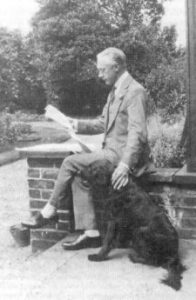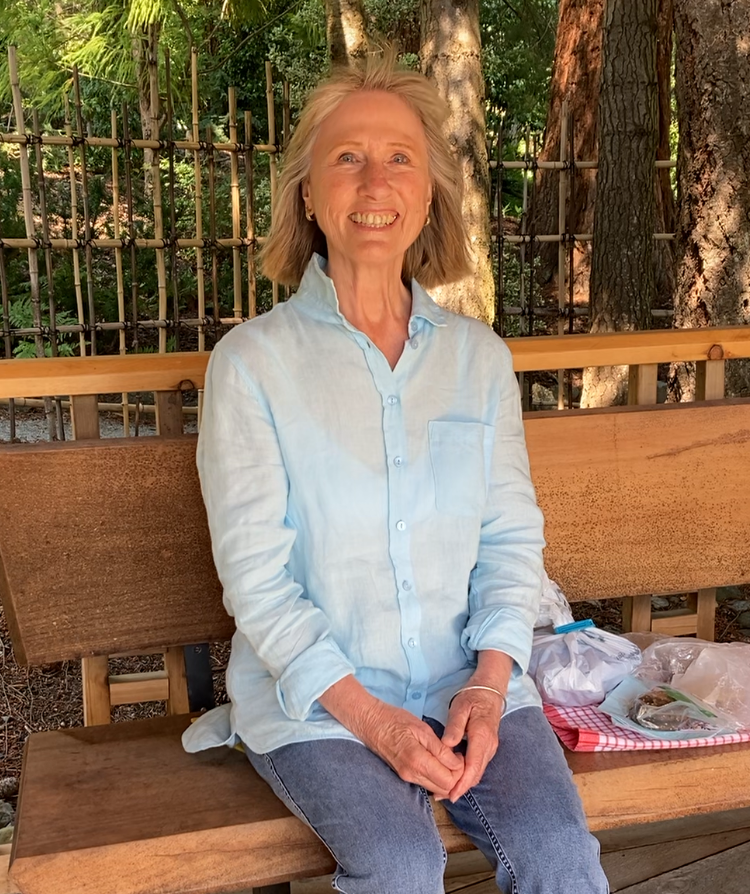restoring good use of the self
 We start life with precise neuromuscular mechanisms already in place. Each action we take initiates a delicate and constant interplay between the systems and subsystems that make up our organism.
We start life with precise neuromuscular mechanisms already in place. Each action we take initiates a delicate and constant interplay between the systems and subsystems that make up our organism.
Eventually we gain the skills involved to maintain the balance and control needed to function as a biped. Exuberant exploration and experimentation can begin.
When these processes are left to work the way nature intended them to, our good “Self Use” leads to a state of function that benefits the whole Self. Unfortunately over time most of us develop habits that interfere with this balance.
This poor use leads to poor overall function, a less integrated state and loss of natural poise. Symptoms can arise that we become conscious of such as pain, immobility or mental distress.
Alexander Technique lessons can help restore good use of the self leading to better health, poise and well-being.
The Technique
 Frederick Matthias Alexander was born in Tasmania in 1869. He developed his technique during the last decade of the 19th century and continued it’s evolution after moving to London, England in 1904. His reputation and practice quickly grew as did the need for teachers. In 1931 he opened his first training course and continued teaching until his death in 1955.
Frederick Matthias Alexander was born in Tasmania in 1869. He developed his technique during the last decade of the 19th century and continued it’s evolution after moving to London, England in 1904. His reputation and practice quickly grew as did the need for teachers. In 1931 he opened his first training course and continued teaching until his death in 1955.
It is a practical technique where a teacher helps the student to change maladaptive habitual response patterns to healthier more appropriate ones. Instead of showing a student what to do in order to fix a symptom, the teacher shows the student how their misuse patterns negatively affect the postural support mechanisms which in turn affect coordinated movement and balance.
The “Work” begins at the pre-motor level. It is here, with the help of a teacher, old neural pathways can be abandoned and in that quiet space between stimulus and response, a more objective reasoned and appropriate response becomes a possibility.
Each lesson builds upon the last to promote the skill to act in a more conscious, reorganizing way to the stimuli of life.
The Lesson
 Certified Alexander Technique teachers have trained to develop a high standard of use of themselves, as well as keen observational skills. As we look for patterns of speech, thought and movement, we also use our hands to monitor and respond to a student’s actions and reactions at a kinesthetic level. This way we can assess the whole pattern as well as the partial patterns of the student’s use.
Certified Alexander Technique teachers have trained to develop a high standard of use of themselves, as well as keen observational skills. As we look for patterns of speech, thought and movement, we also use our hands to monitor and respond to a student’s actions and reactions at a kinesthetic level. This way we can assess the whole pattern as well as the partial patterns of the student’s use.
I work with you to help you gain an experience of effortless and efficient organization whether at rest or during an activity. The lesson is not a passive treatment but a collaborative interaction. Each student brings his or her unique experiences, conceptions and aspirations to the session.
The lesson lasts for around 40 minutes. It involves movement and some work lying on a firm surface, so comfortable non-restrictive clothing works best, but is not essential. The number of lessons needed depends on the goals and skill level a person wants to attain.
The Alexander Technique is applicable to all activities and can benefit almost anyone.
 I first heard about the Alexander Technique in the early 80’s. It intrigued me, but with a busy work and play schedule I didn’t pursue it. Fifteen years later I began to suffer from Repetitive Strain Injury due to the nature of my profession. I couldn’t understand why my body was failing me when I worked hard at keeping myself physically fit.
I first heard about the Alexander Technique in the early 80’s. It intrigued me, but with a busy work and play schedule I didn’t pursue it. Fifteen years later I began to suffer from Repetitive Strain Injury due to the nature of my profession. I couldn’t understand why my body was failing me when I worked hard at keeping myself physically fit.
I tried many treatments and methods and saw numerous specialists but nothing helped. Within a few years I was in so much pain that I couldn’t work and spent most of my time lying down on the floor with heating pads worrying about how I was going to survive.
This is when I came upon the Alexander Technique for the second time. I was very lucky to find a teacher nearby so I started lessons immediately. Eventually I was able to return to work.
The benefits kept accumulating and I was so impressed that I left my job and enrolled in an accredited full time three year program to become a certified Alexander Technique teacher.
As a Registered Technologist in Medical Radiography, Ultrasound and MRI I spent years of intensive study in the fields of physiology, anatomy and pathology while working directly with other medical specialists in the hospital environment. I also finished 3 years of university with a special interest in cognitive psychology.
The Alexander Technique has allowed me to incorporate all this knowledge into a new perspective of how we work as a complicated but integrated whole. After 20 years of teaching it still amazes me.
I feel extremely lucky to be teaching this self-management tool and strive to provide an environment of trust and cooperation within an atmosphere of adventure.
Contact
LENE C. KROLL
certified and insured teaching member of The Canadian Society of Teachers of The Alexander Technique
RTR, RDMS, RTMR (retired in good standing)
Suite 107 1063 Foul Bay Rd. Victoria B.C. V8S 4J3
lesson booking/info:
phone 250-385-2600 or
lenekroll@gmail.com
cancellations/delay
text/leave message 778-676-1914
enjoy a coffee or walk in beautiful Oak Bay village.
hours
I look forward to working with you

June 2025
Monday to Friday
8 to 5 pm
evenings/wknd: upon request
private lessons only
Prices: $65 (lesson 1-10)
$60 thereafter
(check, cash or e-transfer accepted)
Links
Articles

journey through these links
Alexander Technique videos (free sign up to view David Reed media)
webinar: current scientific research and models
Cognitive science and Alexander Technique
Excellent articles, podcast and blog
The complete guide to the Alexander Technique
Audio on Alexander Technique and parkinson’s disease
Various articles on Alexander Technique
Pedro de Alcantara explanation of the Alexander Technique
Arthritis and the Alexander Technique
Article on Repetitive Strain Injury and the Alexander Technique
videos
British Medical Journal: back pain and the Alexander Technique part 1
British Medical Journal: back pain and the Alexander Technique part 2
1st generation teacher Marjory Barlow talks of F.M.Alexander and his work.
1st generation teacher Walter Carrington interview on F.M.Alexander and the work plus demonstration of a lesson.
1st generation teacher Elisabeth Walker giving a master class
Carolyn Nicholls talks about the semi supine position as used in The Alexander Technique